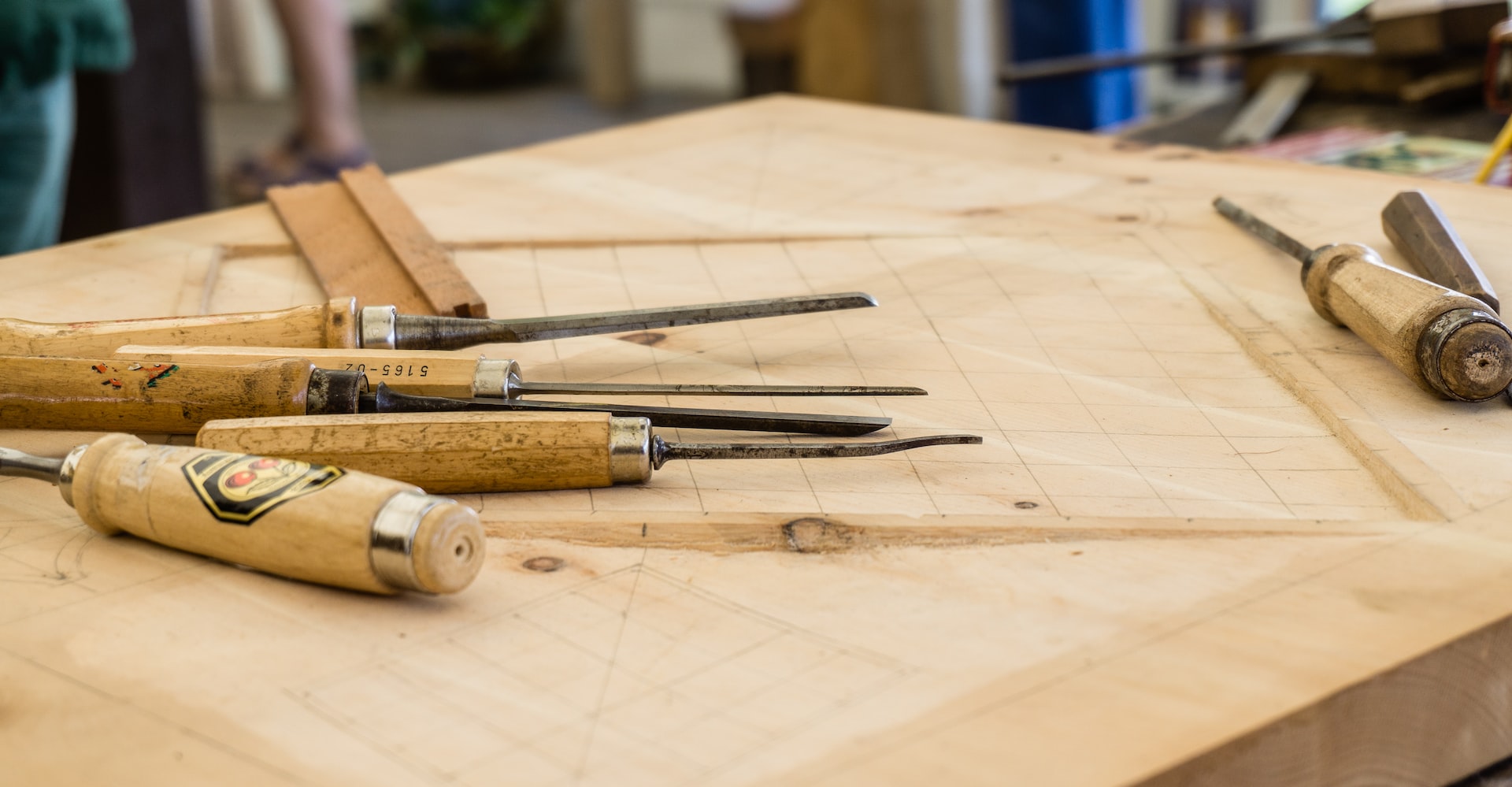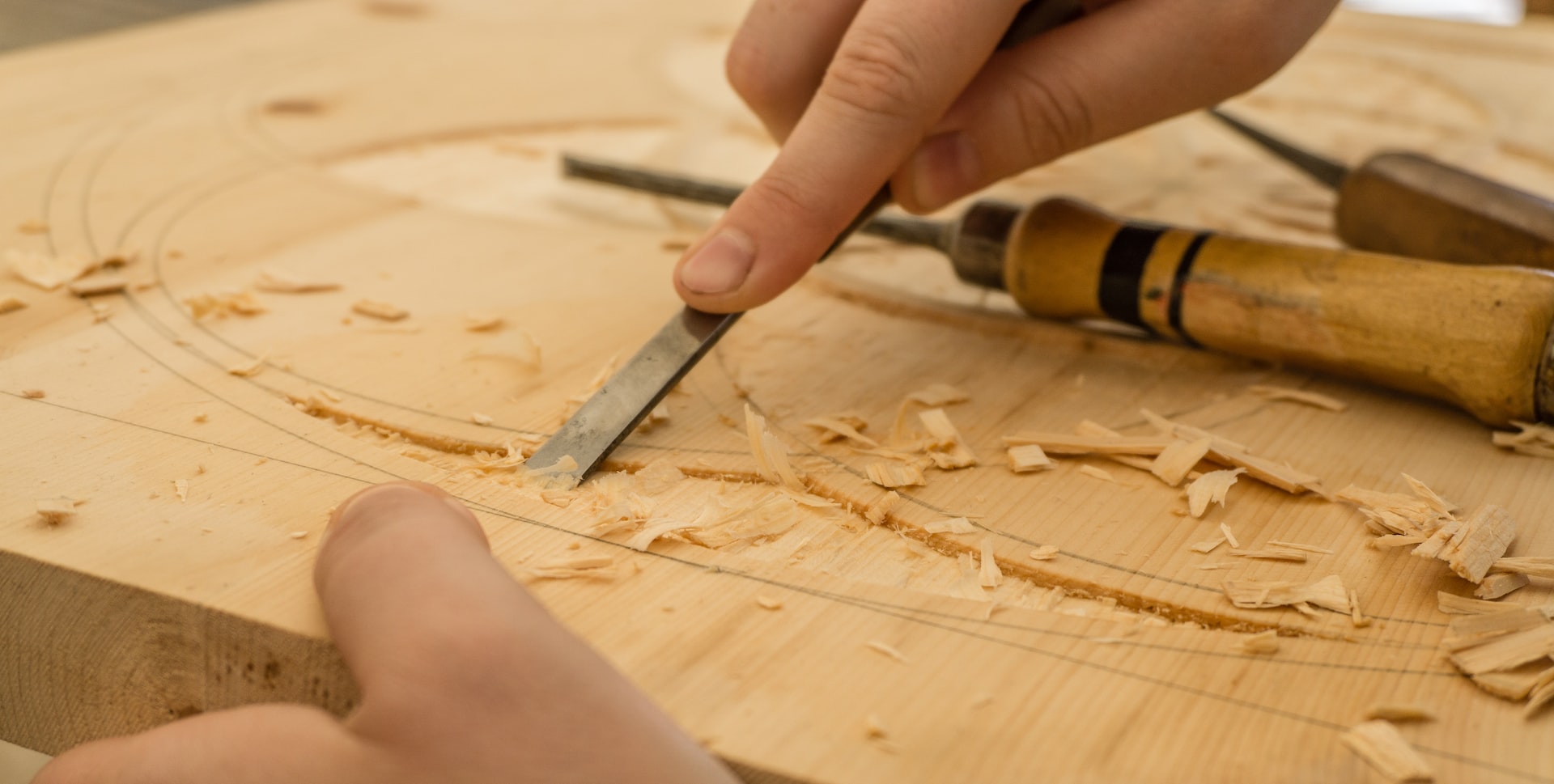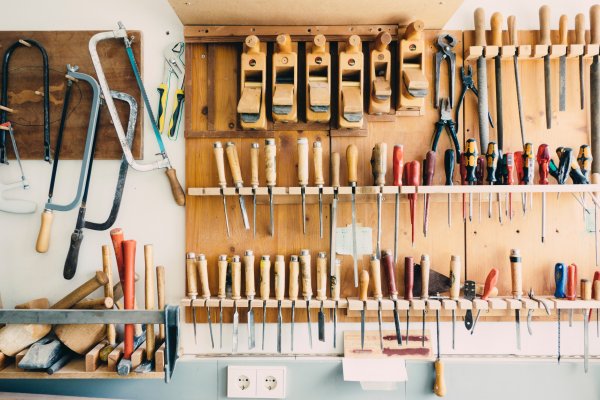
Woodworking is a fun and rewarding hobby that can be enjoyed by people of all ages. It’s a great way to use your creative skills while also working with your hands, and the results can be both beautiful and practical. In addition, woodworking can also be a great source of income for those who are talented and skilled in this area.
If you’re just starting in woodworking, however, it can be difficult to know where to begin. There are so many different types of projects you could undertake, tools you could use, and techniques you could learn that it can be overwhelming. However, before you get too bogged down in the details, you must understand what type of tools you will need. And since excellent woodworking often requires a higher level of precision, choosing your tools accordingly is crucial, especially if you are doing fine woodworking for the first time. Here are the most important ones you should invest in:
A carving gouge is a type of chisel that is typically used for carving or sculpting wood. It has a curved blade that allows you to make smooth and precise cuts, which is essential for fine woodworking. The size of the blade will depend on the size of the project you’re working on and the level of detail you want to achieve. However, if you’re just starting, it’s a good idea to get a set of carving gouges that includes several different sizes. You may even consider getting a wood carving tool kit with several different types of gouges so you’ll be prepared for any project. You may easily find these in your local hardware store or as you can see here, many online retailers offer them as well, so be sure to check out your options. And since these tools are quite affordable, there’s a real excuse not to have them in your woodworking arsenal.
A coping saw is a type of hand saw that is specifically designed for making intricate cuts. It has a very thin blade that can easily maneuver around tight corners, making it ideal for detailed work. In addition, the blade is also removable, so you can easily replace it if it gets damaged or dull. Depending on the project you’re working on, you may need to get a coping saw with a different size or type of blade. For example, if you’re working with very thin wood, you may need a blade that is specifically designed to cut through it without breaking it or leaving jagged edges. This is particularly important if you’re working on a delicate project such as a piece of jewelry or an ornament.
While a hand drill can be used for some woodworking projects, a drill press is much more precise. It’s a powerful tool that is mounted on a stand, and it has several different settings that allow you to drill holes at different depths and angles. It consists of a base, a column, and a drill bit that is held in place by a chuck. The drill bit is rotated at high speeds by an electric motor, and it’s guided through the material by the column. This results in a more precise hole than what you would be able to achieve with a hand-held drill. In addition, a drill press can also be used for other tasks such as counterboring, reaming, and tapping threads so be sure to invest in one if you can.
A lathe is a tool that is used to shape wood or other materials by rotating them while they are held against a cutting tool. This results in a symmetrical object such as a table leg or a spindle. A lathe typically consists of a bed, a headstock, and a tailstock. The headstock is located at one end of the bed and it holds the material that is being shaped. The tailstock is located at the other end of the bed and it holds the cutting tool. The cutting tool is rotated at high speeds and it’s fed into the material that is being shaped. As the material is cut, it’s also rotated so that it’s evenly cut all around. Lathes can be used to create a variety of different objects, and if you’re interested in creating symmetrical objects, then this should be one of the first tools you invest in.
Even though a router is a power tool, it’s still considered to be essential for fine woodworking. A router is a handheld tool that is used to shape and smooth the edges of the wood. It is a motorized cutting tool with a spinning bit that spins at high speeds. The bit is fed into the material that is being shaped, and as it cuts, it leaves behind a smooth, finished edge. Routers are available in a variety of different sizes and styles, and they can be fitted with a wide range of different bits depending on the task at hand. You can get bits that are specifically designed for shaping edges, making grooves, or creating rabbets. However, routers can also be used for other tasks such as trimming veneers or cutting small pieces of wood.
If you want to be able to create flat, level surfaces on your woodworking projects, then a jointer is an essential tool. This is a crucial step in the woodworking process because it ensures that the pieces of wood that you’re working with will fit together perfectly. In many cases, the only way to achieve this is by using a jointer. When using a jointer, the wood is passed through two spinning blades that are set at a specific angle. This cuts away any irregularities on the surface of the wood and leaves behind a flat, level surface. Jointers are available in a variety of different sizes depending on the width of the wood that you’re working with so you can be sure to find one that will suit your needs.

As you can see, woodworking requires a variety of different tools. If you’re serious about getting into this rewarding hobby and creating high-quality projects, then you need to invest in the right tools. The above mentioned tools are just some of the essentials that you need for very fine woodworking, so be sure to add them to your collection before you take on your next project. And while it may seem like a lot of work and expense at first, trust us when we say that it’s worth it in the end!





